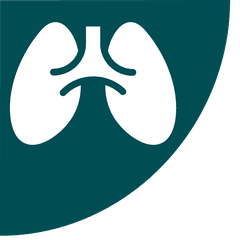NEWSWATCH
DUST

NIOSH Recommends LEV to Control Dust Exposures during Spice Grinding Operations
A spice shop employer should install local exhaust ventilation to reduce workers’ exposures to dust during spice grinding operations, NIOSH urges in a report recently published by the agency’s Health Hazard Evaluation Program. NIOSH staff visited the company in California at the request of its managers, who were concerned about employee exposures to dust in the spice shop. Personal air sampling results for inhalable dust for workers grinding spices ranged from 7 to 9 mg/m3, the highest concentrations measured during NIOSH’s visit to the shop. The U.S. does not have occupational exposure limits specific to spice dusts, but they fall under the OSHA class of compounds “particulates not otherwise regulated,” or PNOR. The concentrations measured by NIOSH are more than half the Cal/OSHA PEL for PNOR, 10 mg/m3. Measurements for employees who were not grinding spices were less than 1 mg/m3.
“Employees reported occasional brief upper respiratory irritation from work exposures, but no persistent symptoms,” NIOSH’s report reads. “As some spice dusts have been reported to be allergens, and the dusts are capable of causing occupational asthma and dermatitis, we encourage the employer to take the approach that is most protective of employees’ health in controlling exposures to spice dust.”
Until LEV is installed, the employer should require employees who grind spices to wear NIOSH-approved respirators—N95 or greater—and ensure that workers don’t have beard growth that interferes with the sealing surface of the respirators. NIOSH also recommends that the employer provide nitrile gloves to prevent direct skin contact with spices, as certain ones may cause occupational dermatitis. Workers who grind, mix, and blend spices should also be given tight-fitting goggles to prevent spice dust from reaching their eyes.
The full NIOSH HHE report is available as a
PDF
. More information about the agency’s HHE Program can be found online
.

